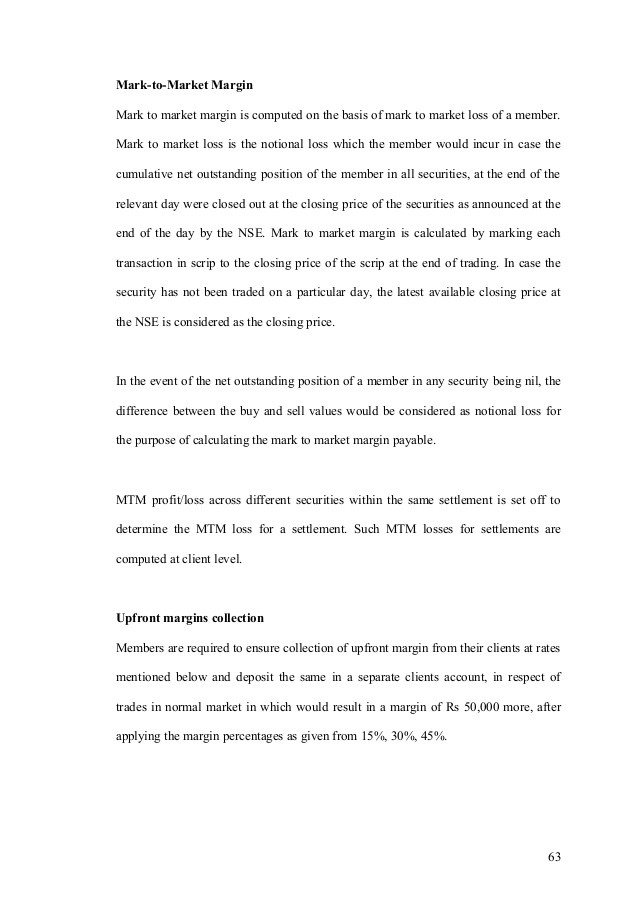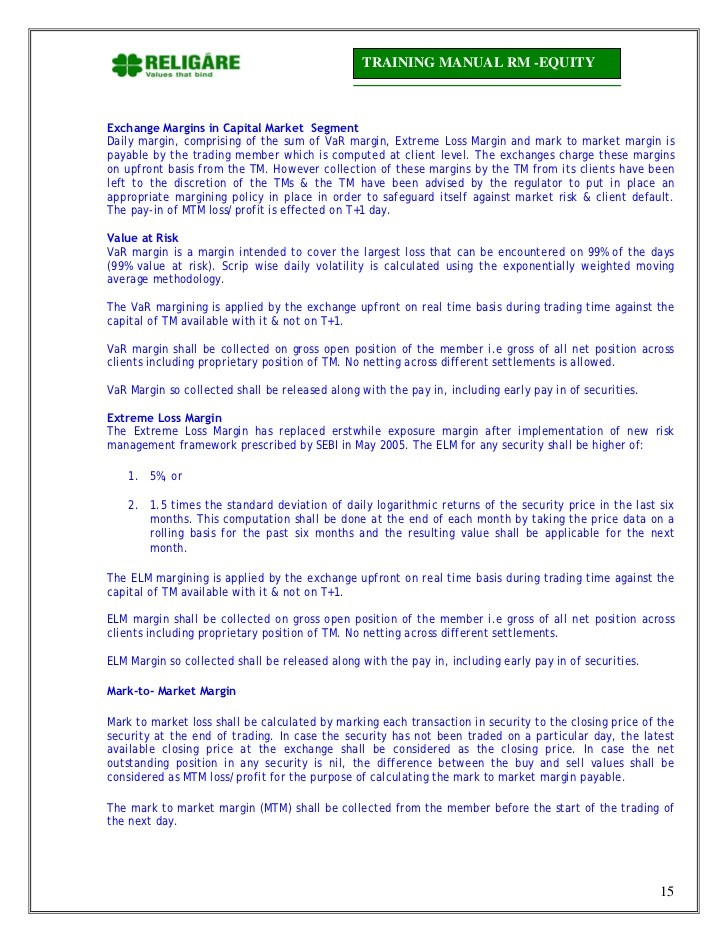MarkToMarket Tool Or Trouble_1
Post on: 16 Март, 2015 No Comment

Mark-To-Market: Tool Or Trouble?
Mark-To-Market: Tool Or Trouble?
adharie purnawanddr
by Marv Dumon (Contact Author | Biography)
Email Article Print CommentsReprints
Mark-to-market (MTM) accounting assigns the value of assets on a balance sheet based on their current market value. For instance, if a company holds financial instruments, the value placed on these assets on the financial statements would have to reflect current prices in the open market.
This approach is in contrast to the book value approach of using the original cost of the asset (minus depreciation) as its value, which can undervalue and distort a balance sheet. For instance, assets such as buildings can have significant economic value, even as these assets become fully depreciated. MTM accounting faces similar criticism. Current prices for the asset may not be indicative of its long-term economic value in times of (short-term) financial upheaval and stock market panic.
Regulatory Response to Dubious Practices
During the 1980s and 1990s, financial institutions, corporations and traders increasingly traded derivatives and other complex instruments – financial contracts with complicated valuation formulas that lacked an active market. Such instruments made it hard to objectively determine their respective values. Banks and companies began to use highly subjective, if not downright speculative, assumptions to assign values to these assets. Dubious values that were assigned were reflective of personal interests and objectives, and provided misleading financial snapshots of the entity to outside users of the financial statements.
Contrast these complex securities with commodities, such as crude oil, which have an active market that facilitates an easy valuation of that commodity. Unfortunately, MTM accounting ultimately became a mechanism for perpetuating accounting fraud (sometimes on a massive scale).
Establishing fictitious values on the balance sheet rendered the financial statement useless for the purpose of assessing the true economic underpinnings of the entity. Such were tempting approaches for troubled entities needing to prop up their balance sheets. The regulators had had enough. (To learn about how mark-to-market accounting contributed a financial crisis in the U.S. read Mark-To-Market Mayhem.)
Measuring Fair Value
Internal Revenue Code Section 475 requires dealers of securities to value their securities (stock, partnership interest, debt notes, bond, debentures and interest rate swaps) at fair market value as of the last business day of the year. Gains or losses would be taken into account for that year. These dealers can also elect to use MTM accounting for any commodity, or its derivatives, that has an actively traded market.
The Financial Accounting Standards Board (FASB), the organization that sets Generally Accepted Accounting Principles (GAAP) within the U.S. wanted to provide users of financial statements with better information by using fair value to recognize assets and liabilities.
Additionally, the FASB intended the fair value approach to reduce the complexity of GAAP (which has various rules for valuing instruments). The FASBs Statement Number 157 Fair Value Measurements applies to entities with fiscal years beginning after November 15, 2007. (For more on GAAP, see Financial Statements: Whos In Charge?)
In laymans terms, FAS 157 requires entities to assign a value to an asset that reflects the price for which it can be sold (not at which it can theoretically be acquired ). So, if an investor purchases a single share of company stock A for $100 and sees that stock A is trading at $200 a year later, this investor must assign a value of $200 for the stock on his balance sheet and recognize a gain of $100.
Similarly, if the stock declines in value, the investor assigns a new value based on current trading price, and recognizes a loss. FAS 157 stipulates that trading assets be assigned fair value. These rules may not apply to securities held to maturity, such as certain loans and debt securities. Companies can elect to account for almost any financial instrument at fair value by way of an election.
Criticism of the Method

Critics argue that current market prices may not always be the best indicator of value for a security. Certain instruments such as collateralized debt obligations (CDOs) are difficult to value, as there are few (if any) buyers for these products. Thus, traders are left to use complex models and assumptions to value the instrument.
The MTM method of accounting may also (albeit unintentionally) harm the financial system during times of economic crises and market panic. When investors temporarily pull out their capital and the stock market experiences a (temporary) steep decline in value, banks and corporations are forced to devalue their assets and balance sheets – these assets may otherwise have a healthy long-term value, especially if these are instruments that have unusually long holding periods.
Financial institutions and corporations get in trouble because their credit ratings can drop significantly if their financials reflect big losses. Also, when companies borrow money from banks, there are often covenants and other restrictions that require the borrowing entity to maintain certain asset thresholds. In times of market panic, MTM accounting forces the immediate recognition of losses and the disruptive devaluation of assets, which in turn leads the company to break its loan covenants with its lenders. Thus, companies become desperate and attempt to raise capital at a time when there is limited or no capital availability from the market. (To learn more about CDOs, read Collateralized Debt Obligations: From Boon To Burden.)
The Bottom Line
Regulators, economists, accountants, academics and company management have a long history of debating appropriate methods to record transactions and to provide an accurate economic picture of an entity. The various approaches in recording assets on the balance sheet have triggered repeated debate over time. Book values can understate the value of the assets on the balance sheet, as the rules on depreciation often have to do more with economic incentives and traditional rulings than they do with providing an accurate economic snapshot of the asset.
On the other hand, mark-to-market accounting attempts to provide onlookers with current prices of financial assets and to book these current valuations on the financials. Some assets are inherently hard to value (derivatives and other complex securities). Additionally, times of wild fluctuations in the stock market have a significant effect on how these assets are valued. Such temporary valuations may not be completely reflective of the long-term value of these instruments because short-term investor panic distorts long-term economic value. (For more insight, see How Investors Often Cause The Markets Problems.)
The question remains: should MTM accounting only be used under normal circumstances, with regulators reserving the power to temporarily suspend this method under times of market panic?
by Marv Dumon, (Contact Author | Biography)
Marv Dumon serves as a mergers and acquisitions advisor for a middle-market financial services firm specializing in industrial and energy companies. He maintains established relationships with more than 500 mid-market private equity firms. He also serves as a national business and finance columnist for Examiner.com. Dumons background includes experience in consulting, finance and operations with several organizations including two S&P 500 companies. He received a Bachelor of Arts, a Bachelor of Business Administration and a Master of Accounting from the University of Texas at Austin.














